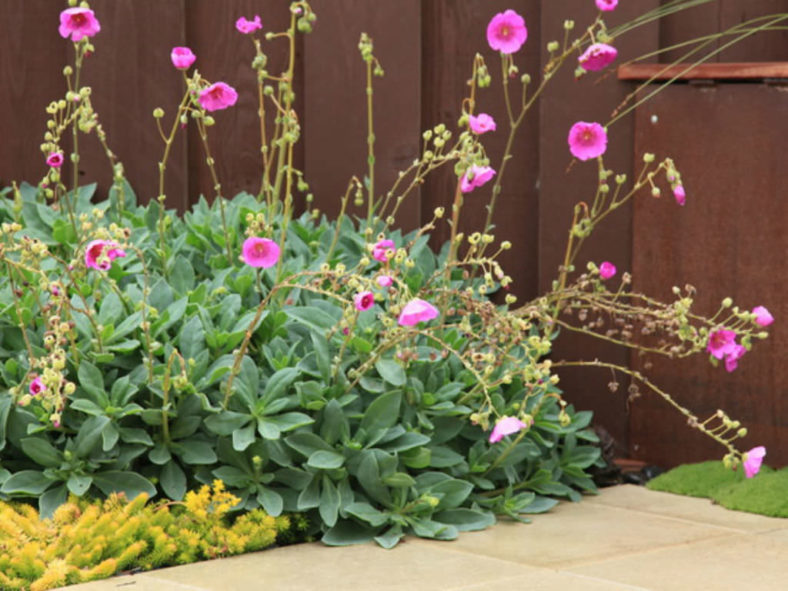Calandrinia is a genus of around 150 species native to Australia, Chile, and western North America.
The generic name honors Jean Louis Calandrini, an 18th-century Swiss scientist and botanist. Common names for Calandrinias include Rock Purslane, Parakeelya, and Redmaids.
Calandrinias are half-hardy perennials and annuals. The perennials have a short life span, so they are usually grown as half-hardy annuals in the garden. They are low-growing, reaching 6 to 18 inches (15 to 45 cm) in height, and bloom with hundreds of bright pink and purple flowers from midsummer to late summer. These plants can grow in very hot conditions. They are ideal ground cover and edging plants, and can also be used in rockeries.
Growing Conditions and General Care
Calandrinias are very easy to care for as they can tolerate prolonged dry periods. They do not like too much water, especially in winter. These plants can grow as short-lived perennials in warm regions but can be grown as annuals elsewhere. They are easily propagated by taking cuttings or allowing plants to self-seed in situ.

If you plan to grow outdoors from seed, Calandrinias should be sown at a depth of 0.1 inches (3 mm) after the last frost of spring. However, if you prefer to start Calandrinias as seeds indoors, they should be started about eight weeks before being put out.
They should be grown at temperatures between 55°F and 59°F (13°C and 15°C) and take 1 to 2 weeks to germinate. The seedlings should be planted out with a spacing of about 8 inches (20 cm), following the last possible spring frost, into an area that receives plenty of sunlight and into gritty or sandy soil.
Links
- Back to genus Calandrinia
- Succupedia: Browse succulents by Scientific Name, Common Name, Genus, Family, USDA Hardiness Zone, Origin, or cacti by Genus